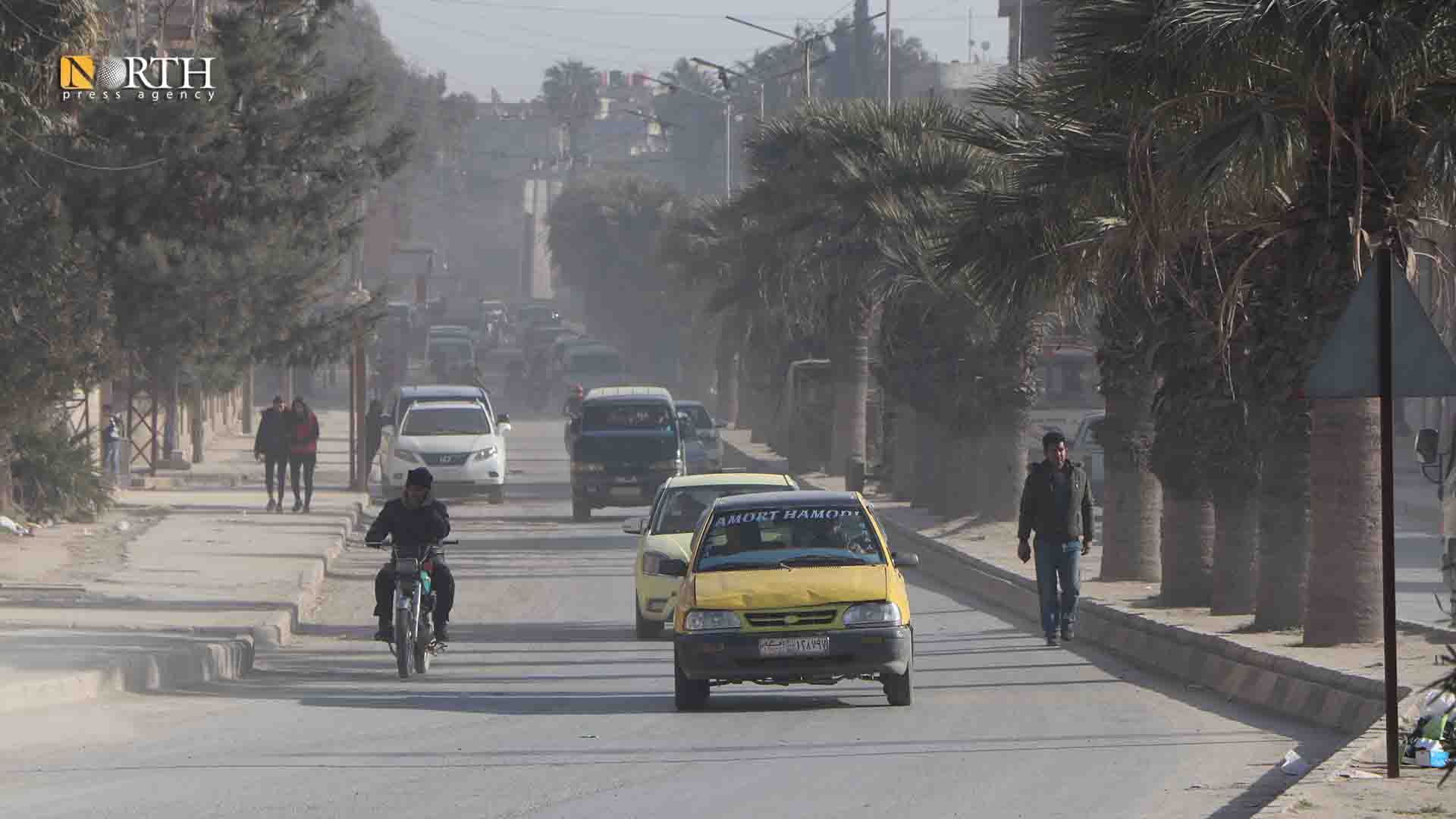HASAKAH, Syria (North Press) – An understanding between the Syrian government and the Autonomous Administration in North and East Syria (AANES) lifted the government’s siege on neighborhoods in Aleppo and camps in its countryside. The Internal Security Forces (Asayish) also announced on Tuesday the “return of normal life” to the cities of Hasakah and Qamishli after more than two weeks of tension in the cities.
Government forces imposed a siege on IDP camps in the northern countryside of Aleppo and the Kurdish-majority neighborhoods of Sheikh Meqsoud and Ashrafiya in north Aleppo, which are run by a civil administration close to the Autonomous Administration and held by the People’s Protection Units (YPG). They are separated from the other neighborhoods in Aleppo by three government security checkpoints; Ashrafieh, Awrad, and Maghsalat al-Jazira.
For two months, Syrian government forces besieged Sheikh Meqsoud and Ashrafiya, in addition to the Shahba area, and prevented the entry of fuel, food, and supplies into them. The Fourth Division of the Syrian government forces and the Russian military police allowed only 40% of their imports to enter, according to informed sources.
In turn, AANES responded to the blockade by preventing cars from entering the security squares in which the government is stationed in Hasakah and Qamishli.
The security square refers to regime-held areas in Hasakah and Qamishli. Most Government institutions and security headquarters exist within the security square, though the Syrian Democratic Forces (SDF) control most of the two cities.
The two parties reached an understanding under Russian auspices that would lead to an end to the tension, according to which the government would allow the entry of humanitarian aid and medical supplies to Aleppo and its countryside.
Asayish spokesman Ali al-Hassan said at a press conference in the oil city of Rimelan that they had “allowed all materials to enter areas where Syrian regime forces are present in Hasakah and Qamishli.”
A government source told North Press that the agreement was reached on the principle of “Aleppo-for-Hasakah.”
SDF Commander-in-Chief Mazloum Abdi said during a television interview this week that they were forced to take a stand after relatives of SDF and Asayish fighters were arrested by the regime, as well as the siege imposed on al-Shahba.
The Syrian government claims that the tension is due to an American request.
On January 31, the Syrian government called on its supporters to demonstrate against what it called “brotherhood siege,” as the demonstrators protested within the security square in Hasakah.
A member of the government forces was killed and several were wounded during a shootout which took place between National Defense Forces (NDF) members and Asayish in the Central Market in the city of Hasakah.
Individuals on social media shared videos of people carrying automatic weapons among the demonstrators.
Mary Bitar, a member of the Syrian People’s Assembly, condemned these actions and described them as violating the UN Charter and human rights.
Bitar indicated that the Syrian state pays the price of its fixed positions, and rejected the existence of any siege on IDP camps, adding, “We do not accept any interference in internal affairs,”
Hikmat Habib, deputy head of the Executive Body of the Syrian Democratic Council (SDC), commented that security tension was “created by the Syrian regime to damage stability and brotherhood between the communities of the region.”
“The regime is indifferent to the suffering of the people, and their concern is to preserve power,” Habib said.
Several rounds of dialogue between SDC and representatives of the Syrian government over the past years aimed at reaching an agreement on the country’s future have failed.
Abdi attributed the failure of these rounds to the mentality of the regime, and officials in the AANES spoke of the Syrian government’s efforts to restore control over the entire area controlled by SDF.
The years of war in Syria witnessed clashes between the two sides, but they did not rise to the ferocity and length of the two parties’ battles with the armed opposition groups.
The last tension is considered the longest, may turn into a milestone in the relationship between the northeast and Damascus, and despite reaching an agreement between them, the final agreement remains tainted by many points of contention.

